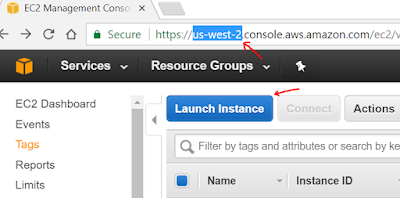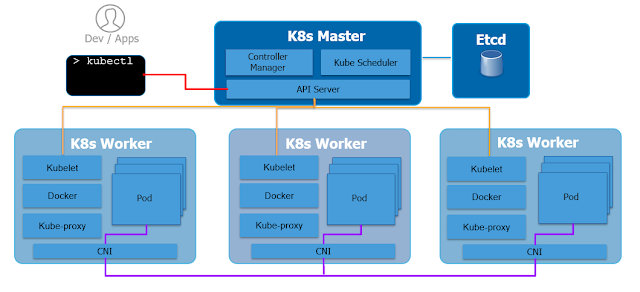VeeFarm
2019 has been another very hectic year and part of that has been the Pied Piper program again. This year I have run the program at Australia first and then in Japan. In both locations there was a phenomenal vibe and great feedback. During the Australian session we changed the curriculum to learn the new skills required to develop the ASDAC Service Dog app as a team.
We postponed the remaining topics that were not relevant to the app for a month and only then kicked off the traditional personal project competition. The consequence was that that we saw less projects than usual as participants found it hard to remain engaged in spite of their normal commitments. But the projects we got were some of the most mature projects ever, given that at that stage the surviving participants were seasoned in many areas
For example, we saw Jonas Werner’s project, which was the best project of all time. He completed a project so vast that he had to break it down into 4 loosely related discrete projects. To write about his project and make him justice would require way more time than I can afford now. He wrote recently about a small part of his project in his blog and in this one
Another great project came from Veronique Kraft, often nicknamed “Vee”. She too is a tremendous engineer with fantastic skills and was able to devote a huge amount of energy to a passion of hers. Her project was an advanced farming platform called “VeeFarm”. She took inspiration from a use case our company presented last year that promised growing food in vertical farms closer to where it is consumed by using IoT and other technologies.
During the presentation everyone got excited and brainstormed what could be done to help Veronique show her project at an upcoming event. The idea would be to collaborate to improve and expand her project. One such idea was my electronic nose, or eNose for short. I will cover that in a different article
For the show day we put together a presentation to run on the stand where we evolved the idea further and presented it as a “fake” Kickstarter campaign. The presentation explained the concept of the “grow recipe” marketplace where people share the best recipes for growing veggies, herbs and spices with other users, for free or at a cost. This is a mockup of the market place
And this was a mockup of the VeeFarm’s console after uploading a recipe done with Grafana
We postponed the remaining topics that were not relevant to the app for a month and only then kicked off the traditional personal project competition. The consequence was that that we saw less projects than usual as participants found it hard to remain engaged in spite of their normal commitments. But the projects we got were some of the most mature projects ever, given that at that stage the surviving participants were seasoned in many areas
For example, we saw Jonas Werner’s project, which was the best project of all time. He completed a project so vast that he had to break it down into 4 loosely related discrete projects. To write about his project and make him justice would require way more time than I can afford now. He wrote recently about a small part of his project in his blog and in this one
Another great project came from Veronique Kraft, often nicknamed “Vee”. She too is a tremendous engineer with fantastic skills and was able to devote a huge amount of energy to a passion of hers. Her project was an advanced farming platform called “VeeFarm”. She took inspiration from a use case our company presented last year that promised growing food in vertical farms closer to where it is consumed by using IoT and other technologies.
Veronique’s project was heavy on the IoT side and it excel
at the assembly. She used a transparent vase to host a plan and managed to
carefully mount all the sensors by drilling into the plastic vase. She included
many sensors from the kit we use in the training but on top of that added some
extra such as a growing lamp, a water pump controlled by a relay, a fan to
regulate air temperature and quality and an infrared camera to drive an
algorithm that measures the chlorophyll levels to help determine the health of
the plant
When she presented the project Arron, my co-judge, who is
very active in the startup scene in New Zealand suggested that the project had
potential if she wanted to further develop it. He came up with the concept of
“growing recipes”. In a perfectly controlled environment, in theory it could be
possible to upload a “recipe” to the device to make growing a given plant
fool-proof
During the presentation everyone got excited and brainstormed what could be done to help Veronique show her project at an upcoming event. The idea would be to collaborate to improve and expand her project. One such idea was my electronic nose, or eNose for short. I will cover that in a different article
For the show day we put together a presentation to run on the stand where we evolved the idea further and presented it as a “fake” Kickstarter campaign. The presentation explained the concept of the “grow recipe” marketplace where people share the best recipes for growing veggies, herbs and spices with other users, for free or at a cost. This is a mockup of the market place
Another idea we introduced was to leverage photos taken from
the camera to observe the evolution of the plant and to feed an AI that could
attempt to improve the “grow recipe” by itself by tweaking the different
environmental parameters.
That was a fun project and an opportunity to learn new
skills and to work with great engineers like Veronique.







Comments
Post a Comment